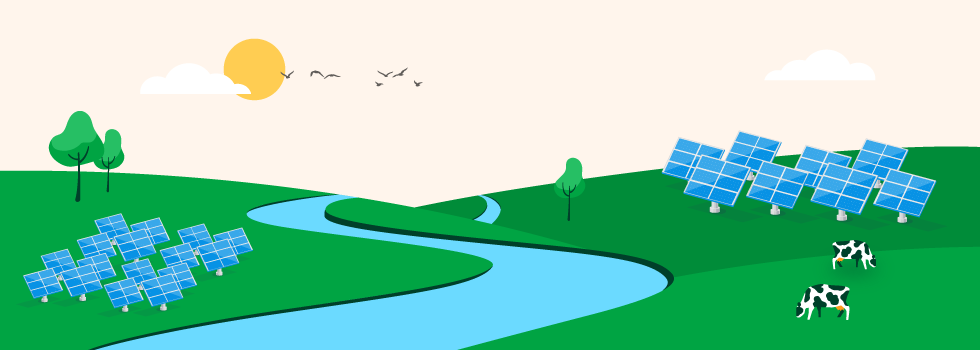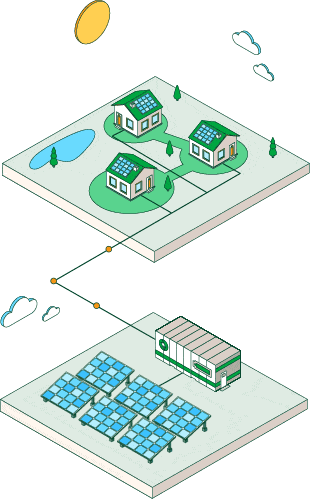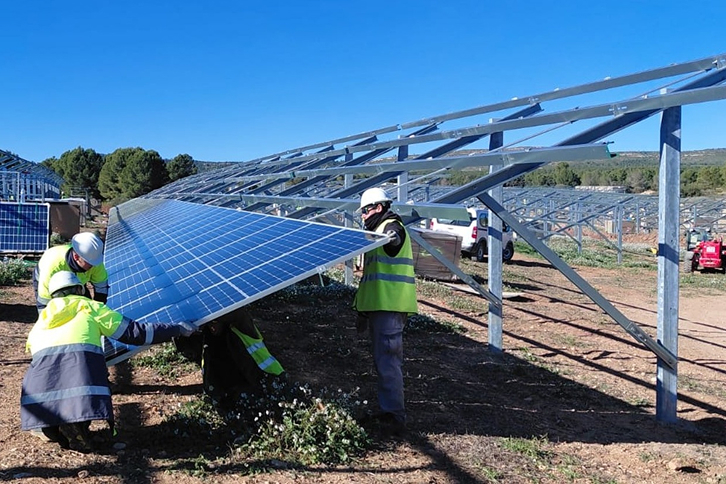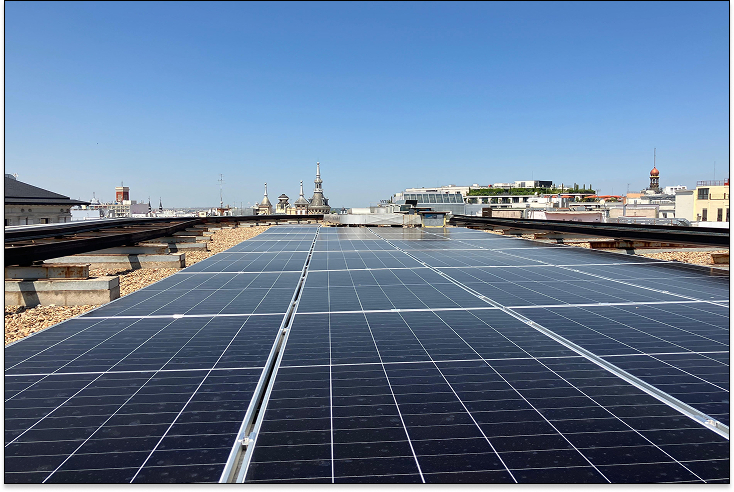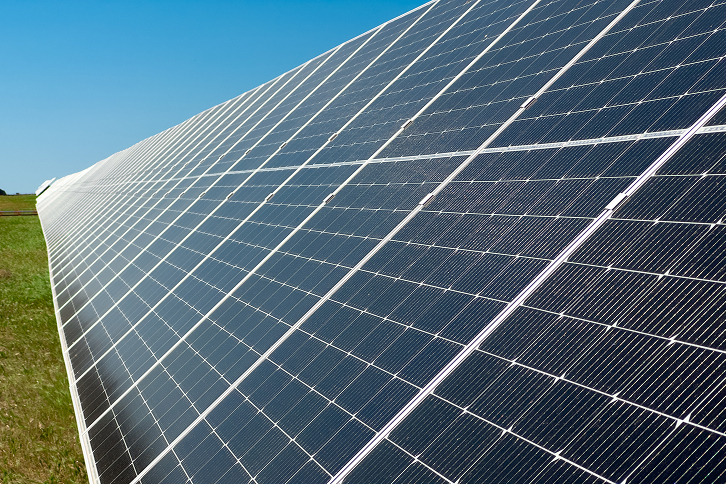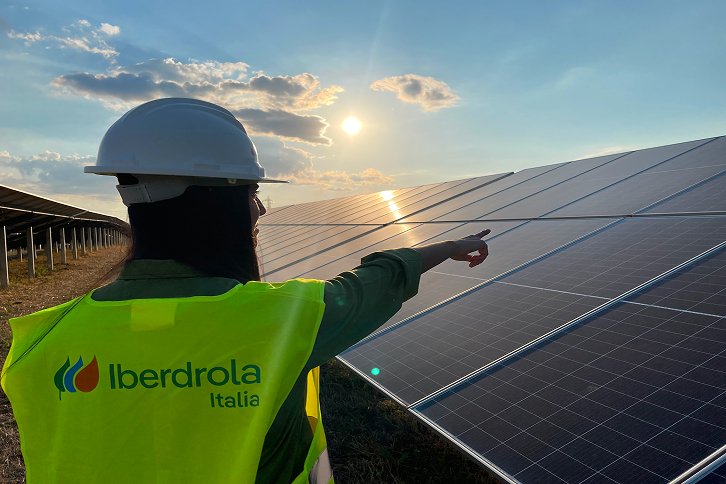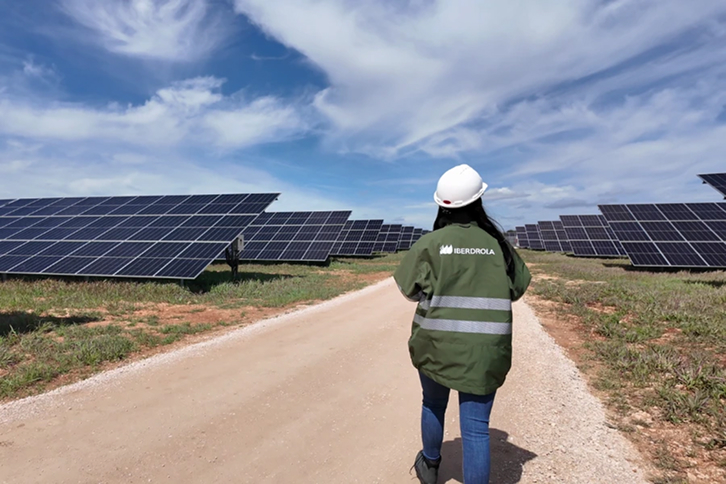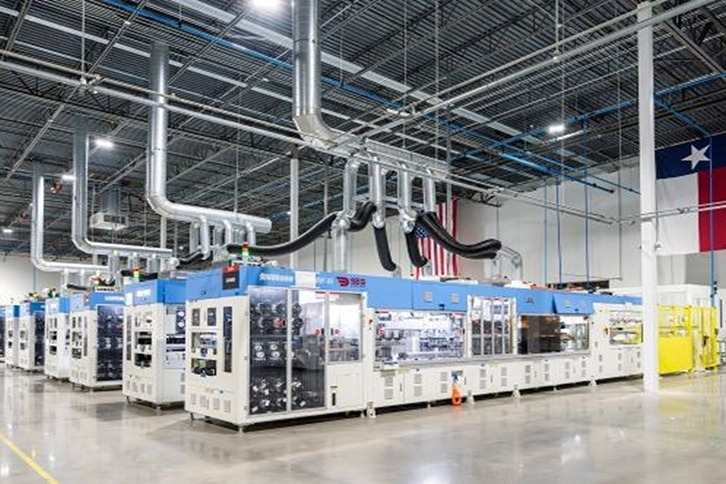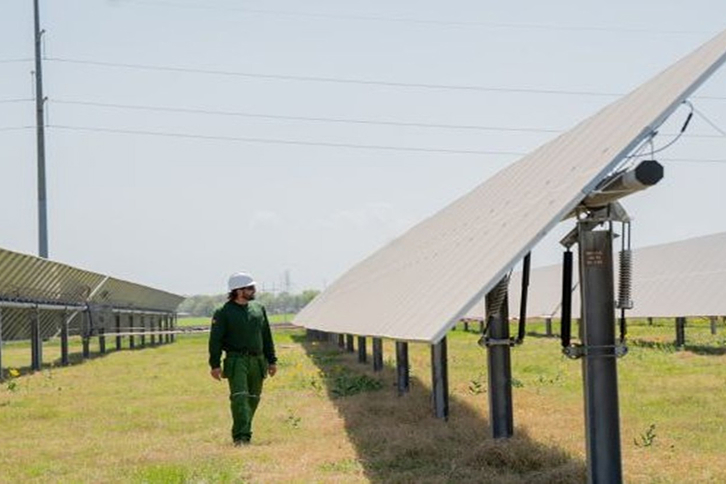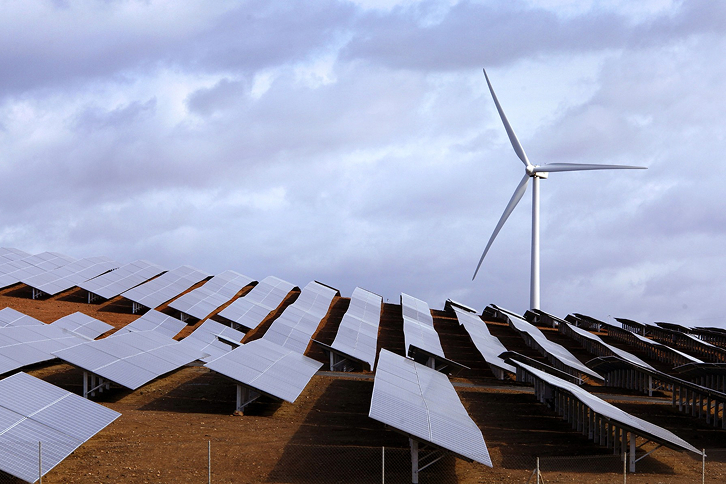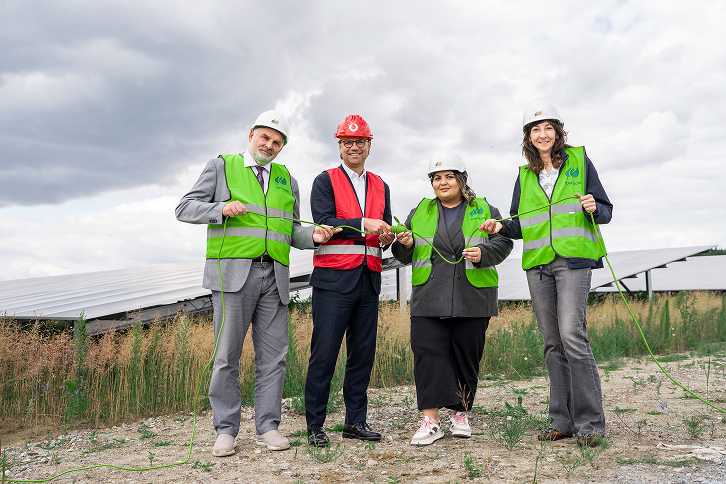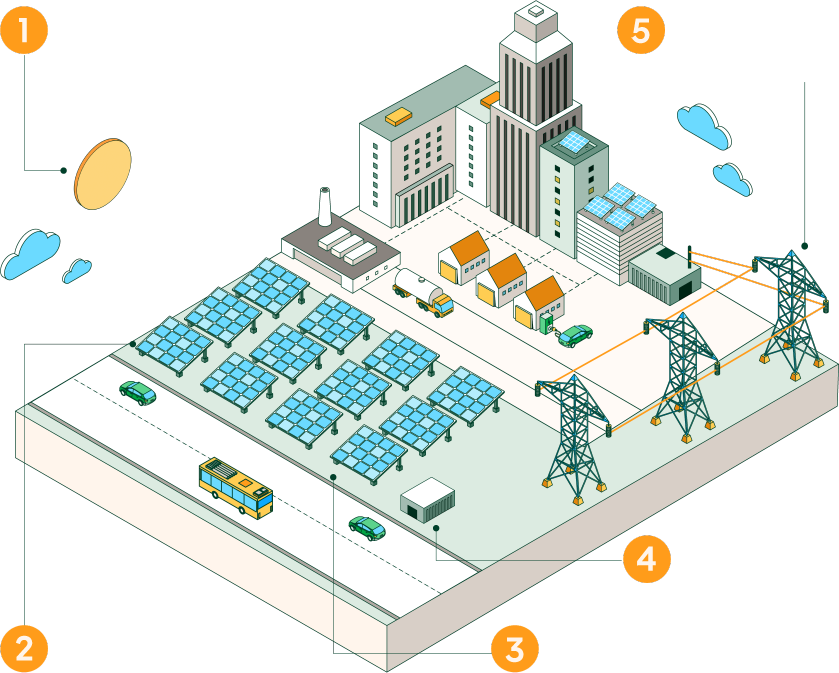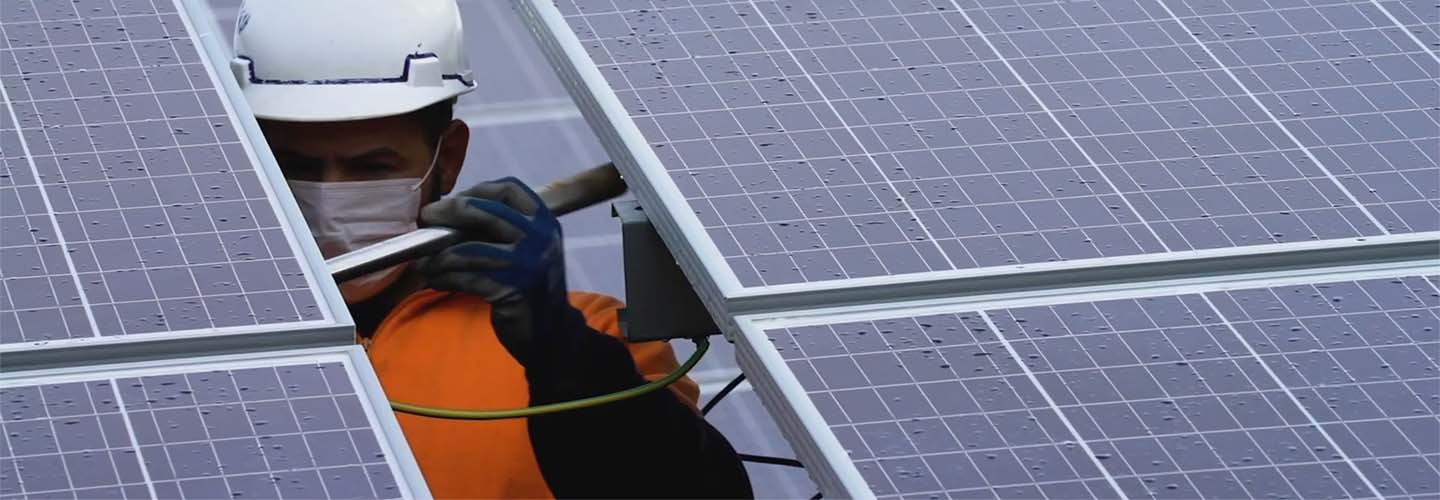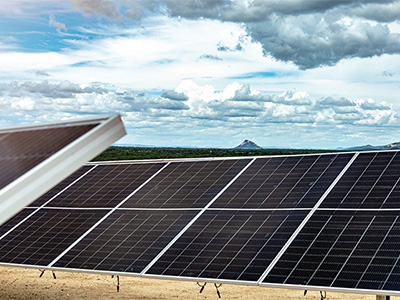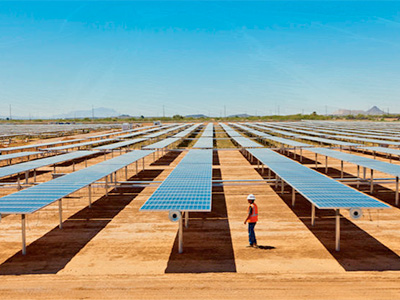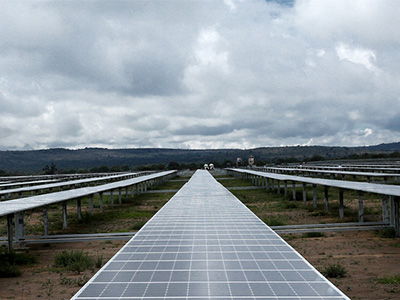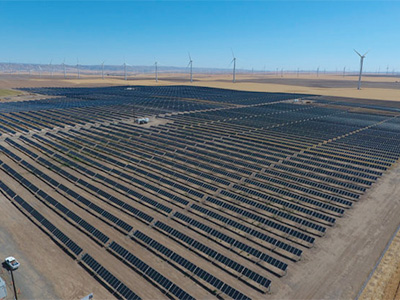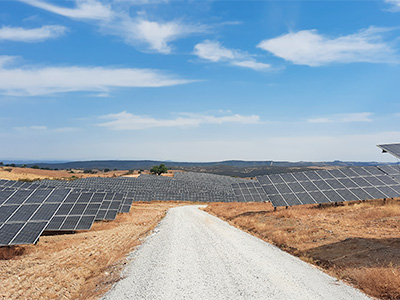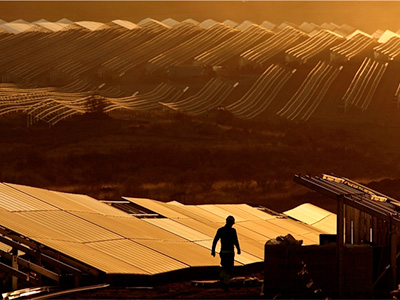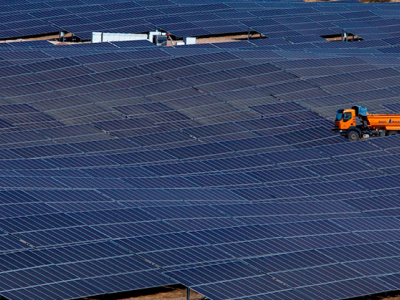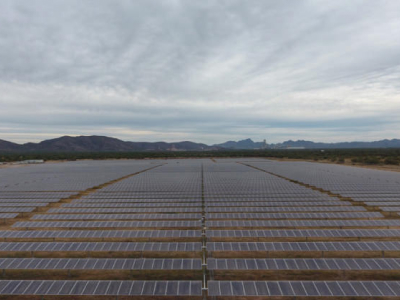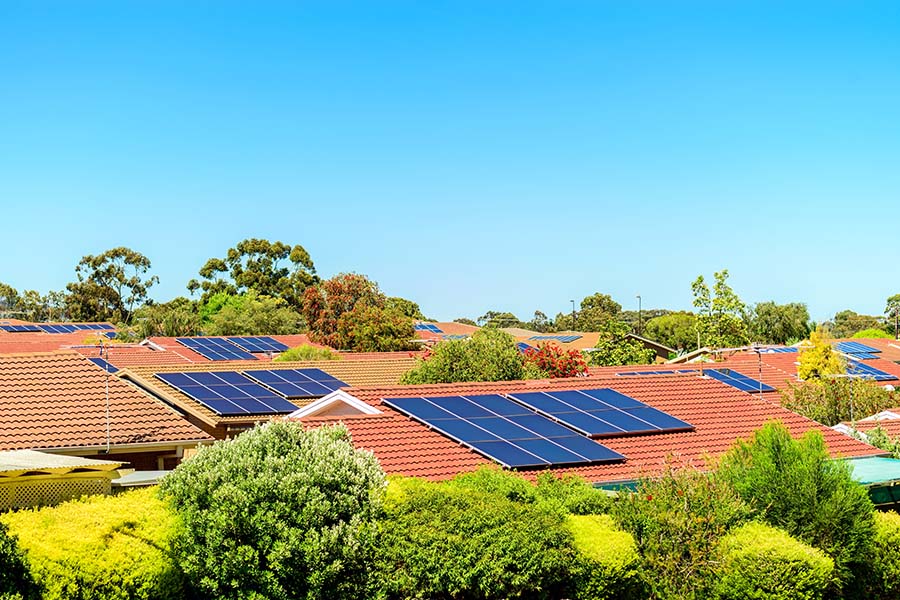-
Iberdrola España , the Group's subsidiary in the country, has begun construction of its first two photovoltaic plants in the Valencian Community, in eastern Spain, which will involve an investment of €252M and will have a total capacity of 366...
Iberdrola España, Iberdrola's subsidiary in Spain , has installed a photovoltaic self-consumption system on the lower house of the Spanish Parliament. The project consists of three photovoltaic installations with 112 solar panels and will...
-
Iberdrola, through its US subsidiary Avangrid , has signed a power purchase agreement (PPA) with Amazon to supply clean electricity from a new photovoltaic project, Oregon Trail Solar. The 57 MW facility will be located in Gilliam County,...
Can you imagine being able to see what the human eye cannot perceive? Hyperspectral cameras make possible what we once could only dream of: seeing beyond the visible. This innovative technology captures information across a wide range of the electromagnetic spectrum, breaking light down into dozens or even hundreds of spectral bands, far beyond the colours perceived by humans.
-
Iberdrola and Selex Gruppo Commerciale have signed a renewable energy purchase agreement – known as a PPA (Power Purchase Agreement) – for a total of 1,250 GWh. The agreement, signed with the distribution leader SELEX, will provide ...
-
Facebook Iberdrola signs a renewable energy purchase agreement with Selex Group for 1,250 GWh in Italy
-
Twitter Iberdrola signs a renewable energy purchase agreement with Selex Group for 1,250 GWh in Italy
-
Linkedin Iberdrola signs a renewable energy purchase agreement with Selex Group for 1,250 GWh in Italy
-
Whatsapp
Iberdrola España, Iberdrola's subsidiary in the country, has commissioned its photovoltaic plant in Ciudad Rodrigo, the company's second in the province of Salamanca and one of the largest in Castile and León. With a 316 MW capacity, it will...
-






